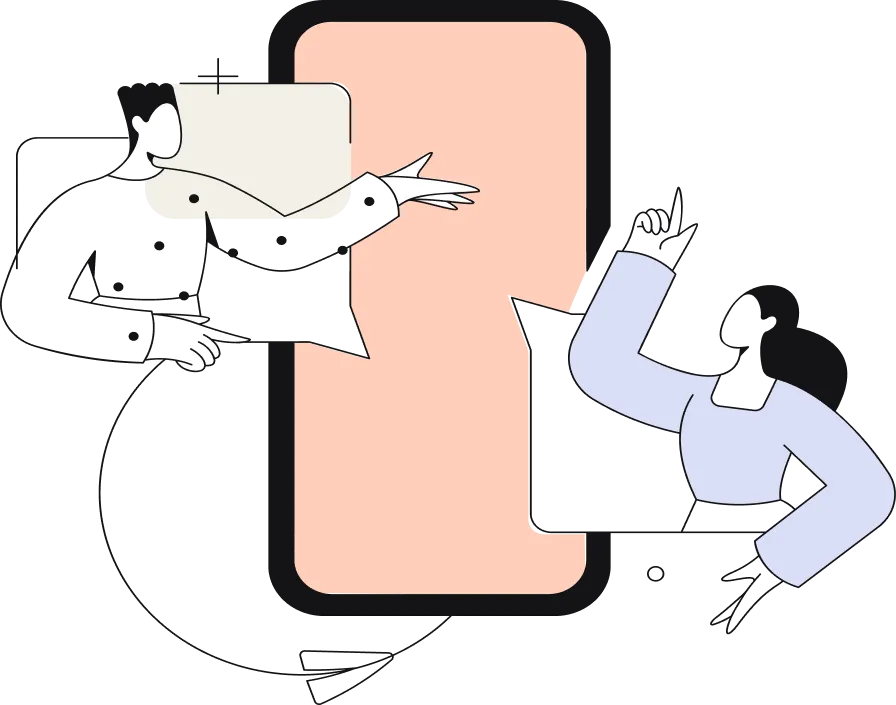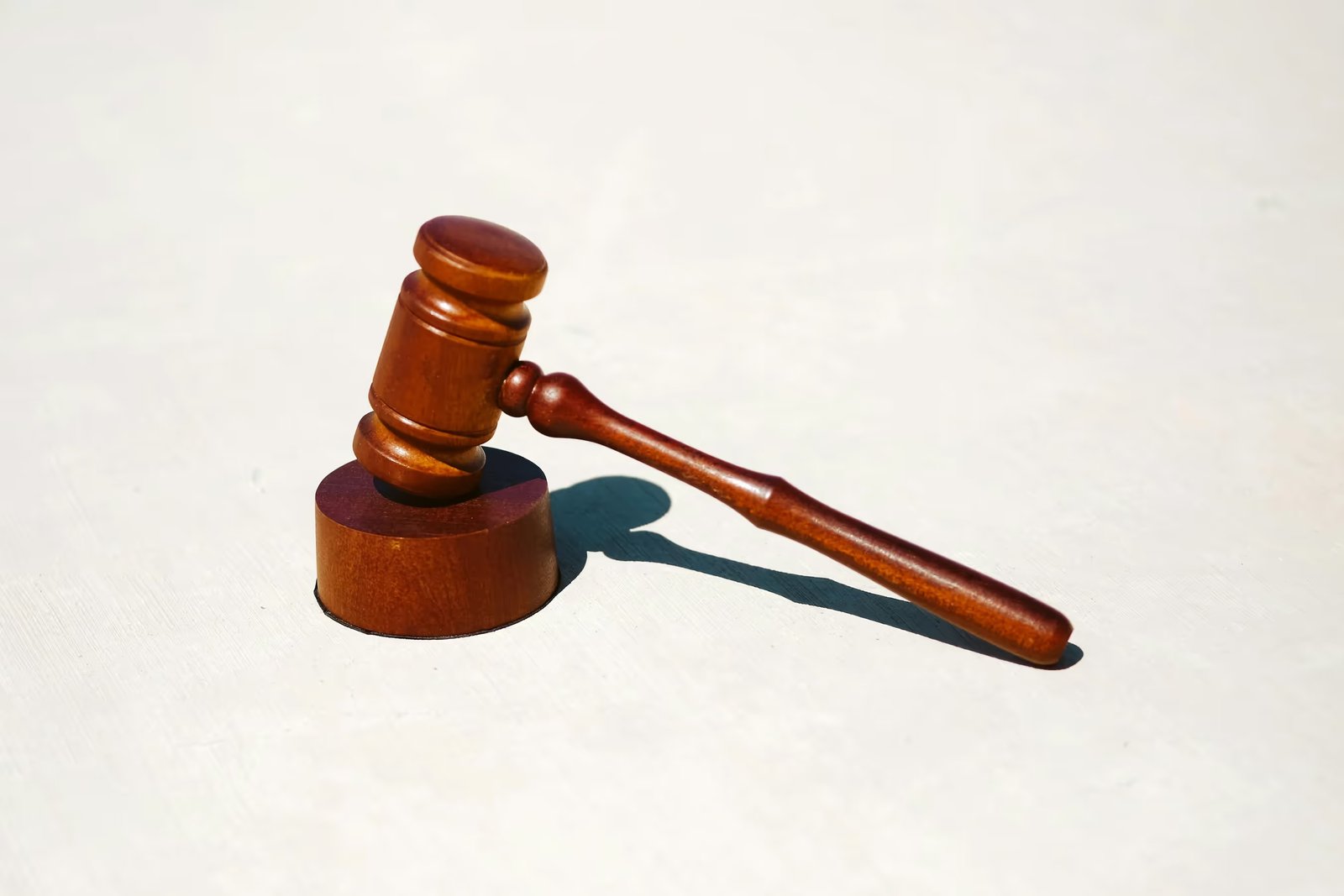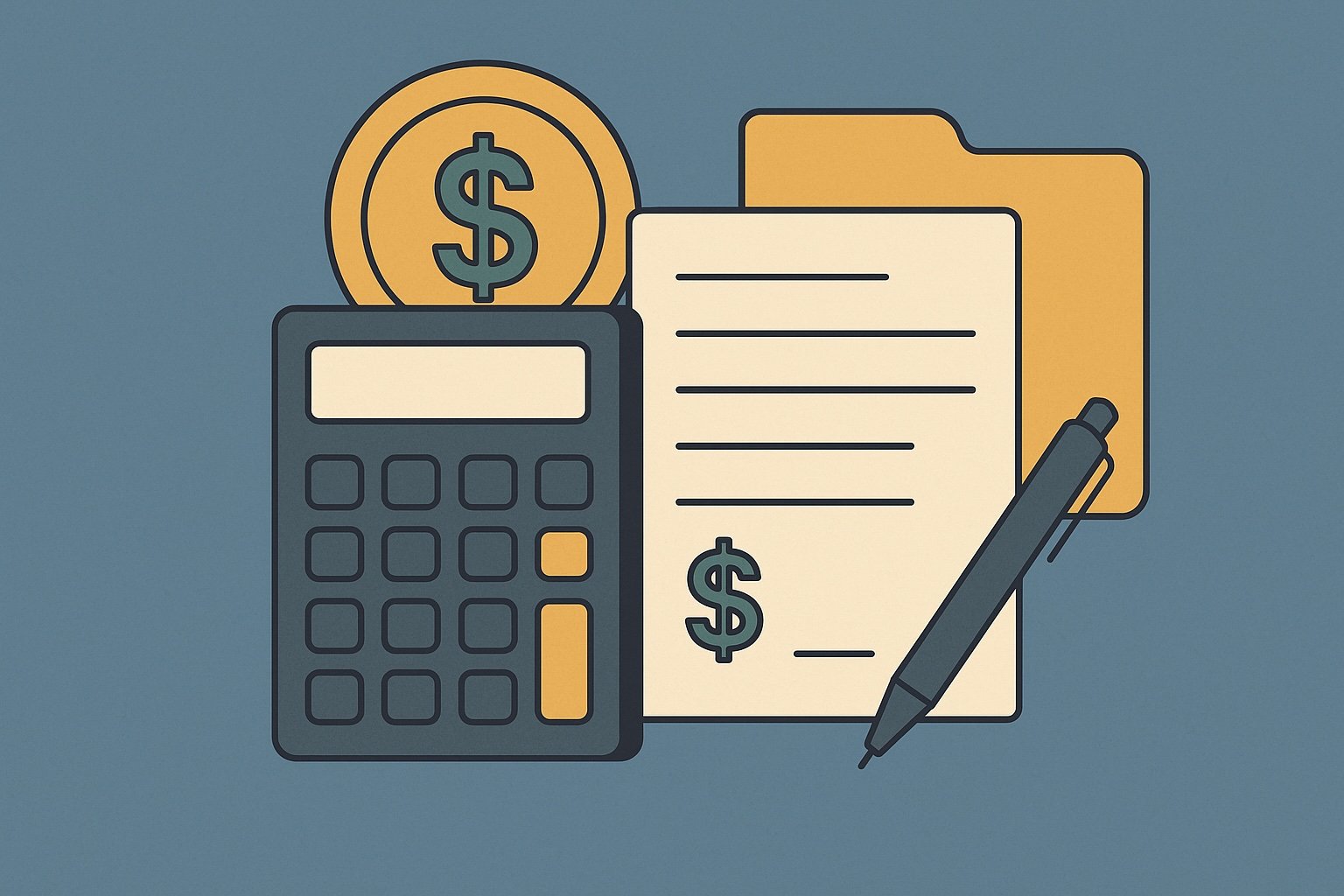Question
ARTE's Answer
When considering whether you can live in a property acquired through a 1031 exchange after two years, it's important to understand the requirements and implications of such a decision. A 1031 exchange allows you to defer capital gains taxes by exchanging one investment property for another like-kind property. However, the IRS has specific rules about how these properties must be used to qualify for the tax deferral.
To qualify for a 1031 exchange, the property you acquire (the replacement property) must be held for productive use in a trade or business or for investment purposes. This means that your intent at the time of the exchange should be to use the property as an investment, not as a personal residence.
According to Rev. Proc. 2008-16, a dwelling unit that you intend to be replacement property in a 1031 exchange qualifies as property held for investment if you own it for at least 24 months immediately after the exchange. During this 24-month period, in each of the two 12-month periods, you must:
- Rent the dwelling unit to another person at a fair rental for 14 days or more, and
- Ensure your personal use of the dwelling unit does not exceed the greater of 14 days or 10% of the number of days the dwelling unit is rented at a fair rental.
After meeting these requirements, you may consider converting the property to a personal residence. However, if you plan to sell the property and want to take advantage of the Section 121 exclusion (which allows you to exclude up to $250,000 of gain for single taxpayers or $500,000 for married couples on the sale of a principal residence), you must live in the property as your principal residence for at least two of the five years preceding the sale. Additionally, if the property was acquired through a 1031 exchange, you must hold it for at least five years before selling it to qualify for the Section 121 exclusion, as per the restrictions outlined in the Split Treatment Transactions article.
Example:
Let’s say you own an investment property and decide to sell it through a 1031 exchange. You use Deferred.com as your qualified intermediary to facilitate the exchange. You identify and acquire a replacement property, which is a rental property, and you intend to hold it for investment purposes. You rent it out for at least 14 days each year at a fair rental value and limit your personal use to comply with the IRS requirements.
After two years, you decide you want to live in the property. Since you've met the 24-month holding requirement and used the property as an investment, you can now convert it to your personal residence. If you later decide to sell the property and want to use the Section 121 exclusion, remember that you must have lived in the property for at least two of the five years before the sale and held it for a total of five years since the exchange.
By following these guidelines, you can successfully navigate the transition from an investment property to a personal residence while maximizing your tax benefits. If you have any further questions or need assistance with your 1031 exchange, feel free to reach out to us at Deferred.com.
Have more questions? Call us at 866-442-1031 or send an email to support@deferred.com to talk with an exchange officer at Deferred.
Sources
1031 Question? Ask ARTE
Deferred's AI 1031 Research Assistant is trained on 8,000+ pages of US tax law and outperforms human CPAs by 22%+
CHAT NOW
Learn More
See more frequently asked questions about 1031 exchanges








